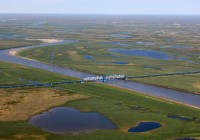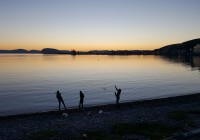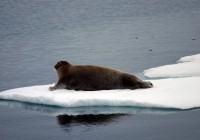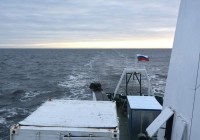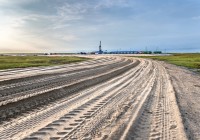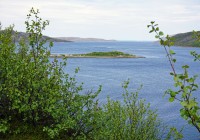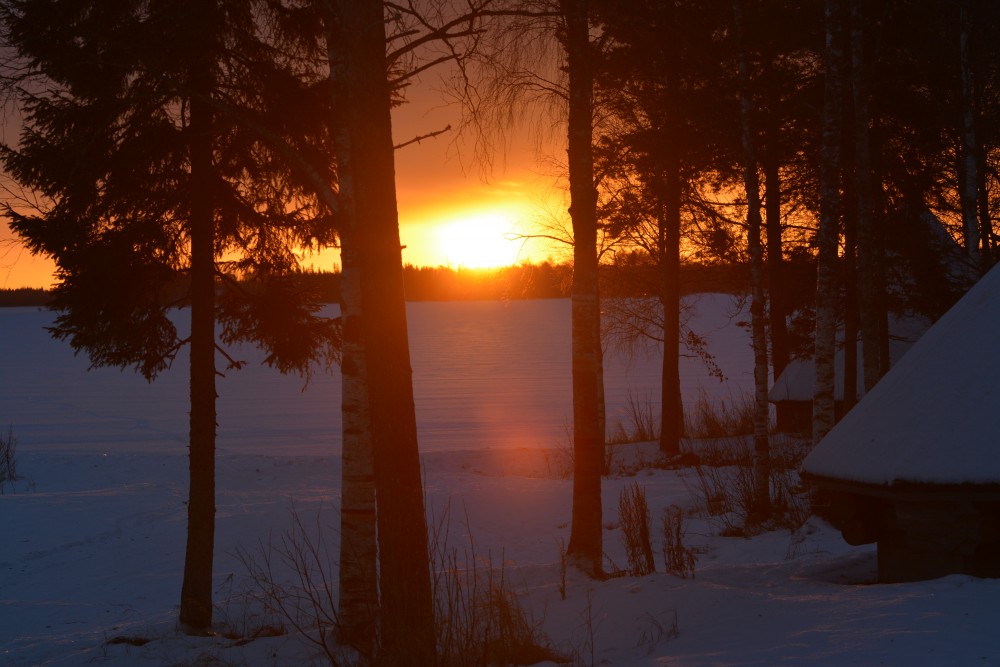
Arctic wildlife in Finland already feeling the burn from climate change: WWF
ADVERTISEMENT
The NGO pointed out that climate change will also force some species to seek out new habitats further north.
WWF Finland issued a report Monday in which it outlined signs that global warming is already beginning to affect Finland. The organisation noted that ice formations on lakes and open seas last for shorter periods, while vegetation has changed and the tree line is migrating further north.
“These changes and winter temperatures in particular have a massive impact on species that depend on snow and ice in Finland,” said WWF Finland programme manager Sampsa Vilhunen in a statement.
According to the report, the Arctic fox has almost entirely disappeared from Finland and the snowy owl has all but shunned Finland as a nesting site, only returning occasionally. Wolverines, the Saimaa ringed seal and salmon are also suffering the effects of climate change, the NGO said.
Dark and mild winters ahead
Entitled “Farewell? A report on the impact of climate change on Finnish Arctic species” offers a summary of scientific data and it does not make for a comforting read.
The planet’s northernmost reaches – the Arctic regions – are warming at a rate that’s roughly twice as fast as other parts of the globe.
ADVERTISEMENT
The Arctic is the biggest loser in the climate change stakes, but it also plays a role in accelerating the transformation. Melting glaciers in the north are raising sea levels on the other side of the planet. At the same time, as oceans become warmer, they acidify and change air and marine currents.
Melting permafrost also releases massive amounts of greenhouse gases that have the potential to further increase global temperatures to dangerous levels.
The Finnish climate is expected to warm up considerably by the end of this century, with the greatest temperature increases occurring during winter. This means residents can look forward to milder winters, more precipitation – and storms. Northern Finland is also projected to warm up by six degrees by the end of the century.
Too little snow – or the wrong kind
Although all of Finland doesn’t lie in the Arctic zone, there are many species that depend on ice and snow for their survival. They include the wolverine and Saimaa ringed seal, both of which make their homes in snow drifts. Conservationists have taken to digging dens for ringed seals but even that gesture is futile if there is no snow or ice.
Lemmings prefer to burrow beneath the snow cover to eat moss, but winter rains cause the snow to become icy and hard, making it difficult for them to find nutrition.
The food chain in Arctic areas is quite simple, and there are fewer fauna than in other parts of the world. This means that every species is important, and none is replaceable. For example the disappearance of the lemming would spell many lean years for snow owls and Arctic foxes.
Warmth brings early nesting, but shrinks food supply
Avian species have already relocated further north, but the region simply won’t be able to provide adequate refuge for species that require colder climates for very long.
Earlier thaws have caused Arctic birds to nest on average half a day earlier every year in recent decades. That in turn has created new problems: there may not necessarily be enough food for chicks when they hatch.
Milder winters have also seen some waterfowl remain in Finland rather than heading south for the season. However no precautions have been taken to ensure that these species have adequately protected wintering areas.
Water that heats up more than three degrees Celsius spells big trouble for fish. Cold water species such as salmon may disappear completely if they can’t find habitats that are cool and oxygen-rich. Warmer waters also destroy fish roe and are a death sentence for small fry. Climate change is a complex and unpredictable phenomenon, WWF said.
“Even is a particular species doesn’t suffer directly from global warming, [numbers of] important prey could dwindle. Warming could also help introduce parasites or new competitors,” Vilhunen noted.
This story is posted on Independent Barents Observer as part of Eye on the Arctic, a collaborative partnership between public and private circumpolar media organizations.
ADVERTISEMENT
The Barents Observer Newsletter
After confirming you're a real person, you can write your email below and we include you to the subscription list.


